These “ useful” plants include many types of vegetation, including the herbaceous flowering plant that come especially to mind when we think of herbs (such as parsley, basil, or thyme) as well as non-herbaceous trees and shrubs, vines, ferns, mosses, and other plant groups. The useful herbs include plants whose life cycles are annual (such as anise and basil), biennial(parsley, angelica, and clary gage), and perennial, including bay, lavender, lemon balm, thyme, yarrow, and many others, Specific herbs may be valued for their leaves ( such as basil, bay, thyme), flowers (chamomile), seeds (dill, fennel), setems) angelica, chives), or underground parts (garlic, chicory)., The notion of herbs as flavoring agents generally excludes those plants commonly known as vegetables, which are foods in and of them seleves; that is, vegetables provide the substance, and herbs the seasoning.
Ethnobotany: The Renaissance of Traditional Herbal Medicine
In stock
Free & Quick Delivery Worldwide
reviews
Bibliographic information
Title
Ethnobotany: The Renaissance of Traditional Herbal Medicine
Author
Edition
1st ed.
Publisher
Cyber Tech Publications, 2010
ISBN
9788178846477
Length
1+246p., Tables; Bibliography; Index; 22cm.
Subjects

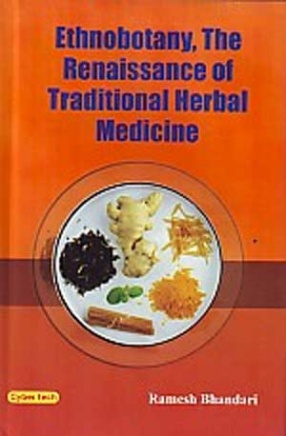
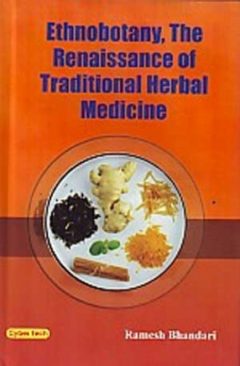
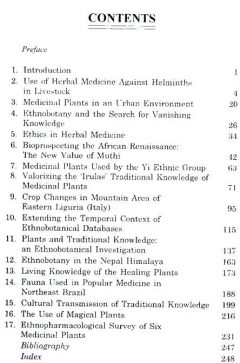
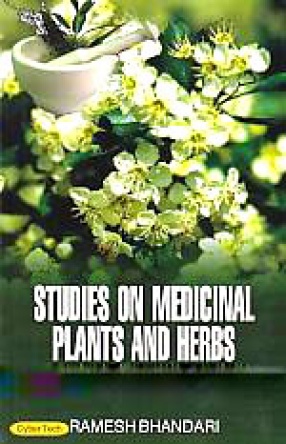
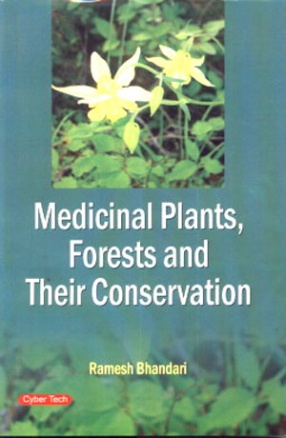
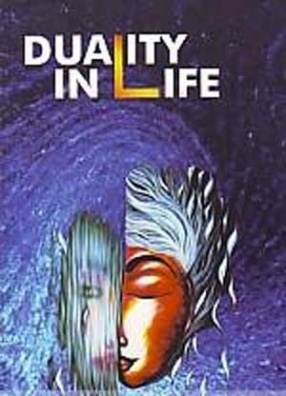
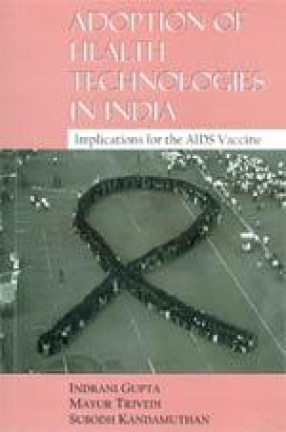
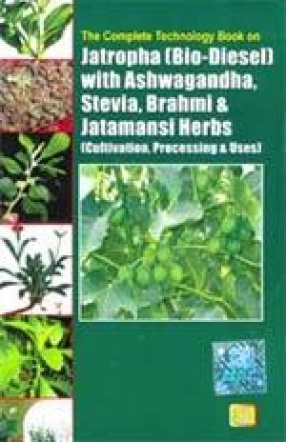
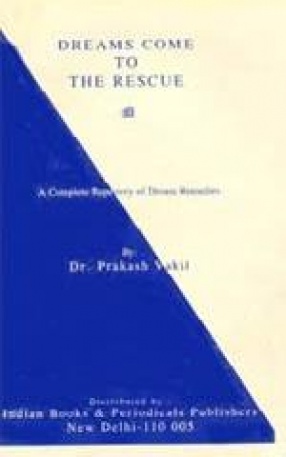
There are no reviews yet.